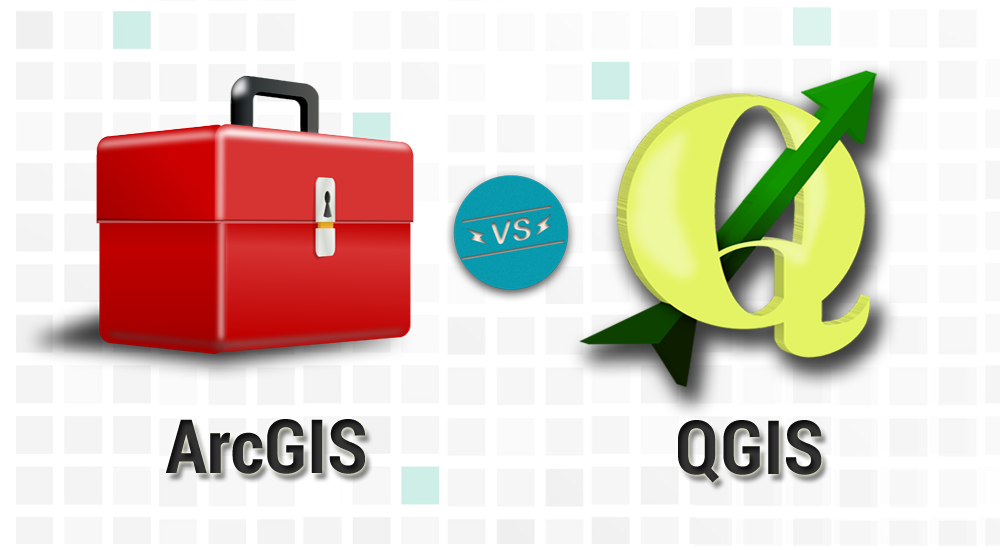
Difference between transcad and arcgis license#
Starting at ArcGIS 10.1 these same levels are re-named to Basic, Standard, and Advanced, respectively.Īll three license levels provide the tools and environment for map creation and interactive visualization. What is the difference between ArcView, ArcEditor, and ArcInfo capabilities in the ArcGIS suite?ĪrcGIS for Desktop is available in three license levels - ArcView, Arc Editor, and ArcInfo. There are plenty of other resources that help to explain coordinate systems in greater depth and in different ways.FAQ: What is the difference between ArcView, ArcEditor, and ArcInfo capabilities in the ArcGIS suite? Question
Difference between transcad and arcgis how to#
Read the lesson Choose the Right Projection to learn how to pick the right one. Your data was already stored in one and you should just stick with that. Most of the time, you don’t need to choose a GCS. Which PCS you use depends on where you are mapping, but also the nature of your map-for example, should you distort area to preserve angles, or vice versa?.Which GCS you choose depends on where you are mapping.The PCS tells the map how to stretch the GCS out flat. The GCS tells your data where to draw.But you can’t draw it on a flat map without a PCS. This projection is easy to understand and easy to compute, but it also distorts all areas, angles, and distances, so it is senseless to use it for analysis and measurement. It is called pseudo because it is measured in angular units (degrees) rather than linear units (meters). This is just latitude and longitude represented as a simple grid of squares. So when you tell ArcGIS to make a flat map with a GCS, it is forced to choose a projection! So it draws using a pseudo Plate Carrée projection. Remember that it is impossible to draw the round earth on a flat surface without a projection. In Map Properties, expand the Geographic Coordinate System list and choose any one. Semimajor Axis, Semiminor Axis, and Inverse Flattening define the size of the spheroid.Ĭan’t we choose a GCS for our map instead of a PCS? I’ve made maps before that were in WGS 1984 and they drew just fine, didn’t they? The Spheroid is the regular model of the irregular earth.The Datum defines which model is used to represent the earth’s surface and where that model is positioned relative to the surface.It typically runs through Greenwich, England, but it doesn’t have to.


You can’t draw the round earth on a flat surface without deforming it. The earth’s surface-and your GCS-are round, but your map-and your computer screen-are flat. Once your data knows where to draw, it needs to know how. You still need to know which GCS it is in before you know where it is on Earth. The coordinates 134.577☎, 24.006°S only tell you where a location is within a geographic coordinate system. The GCS is what ties your coordinate values to real locations on the earth. Australian Geodetic Datum 1984 is designed to fit the earth snugly around Australia, giving you good precision for this continent but poor accuracy anywhere else. There are many different models of the earth’s surface, and therefore many different GCS! World Geodetic System 1984 (WGS 1984) is designed as a one-size-fits-all GCS, good for mapping global data. But in order to draw a graticule, you need a model of the earth that is at least a regular spheroid, if not a perfect sphere. Because the planet spins, the poles are a bit closer to the center of the earth than the equator is.

There are high mountains and deep ocean trenches. It’s a lumpy, bumpy, and uneven rounded surface.

Well it turns out the earth isn’t a perfect sphere. So why isn’t knowing the latitude and longitude of a location good enough to know where it is? How can location A and location B in the Australia example both be correct?


 0 kommentar(er)
0 kommentar(er)
